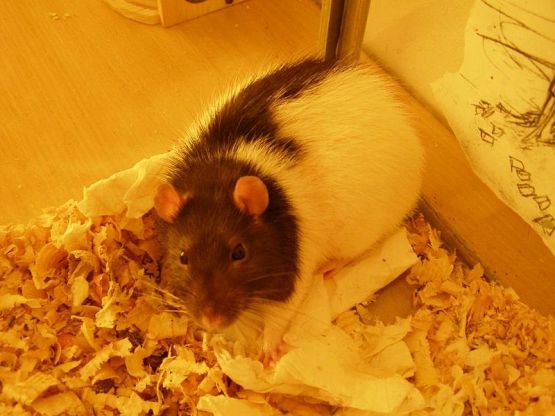Main Difference – Rat vs Mouse
Rat and mouse are two terms used for a group of rodents categorized under the Family Muridae. This family is the largest family of mammals, containing about 300 different genera and 1300 living species. Murids are found in all continents and have lived on earth since early Oligocene epoch. Generalization of lifestyles and physical features are difficult due to the great diversity displayed by this large group of mammals. These animals are mostly terrestrial or semifossorial. But there are species that show arboreal or semiaquatic lifestyles. Moreover, some species like moles spend their entire life underground. Hence, they lack functional eyes. Most species are primarily herbivorous and granivorous, yet most of them rely on animal flesh to certain extent. Few species are mostly carnivorous and feed on insects, small fish, and aquatic invertebrates. Murids are usually nocturnal animals and active throughout the year. Most species weigh less than 200 g, but very few exceed 1 kg. The largest murid is the slender-tailed cloud rat, which usually reaches 2 kg in weight. Murids are commonly called rats or mice. Although these terms do not have any scientific basis, there are some differences that exist between rat and mouse. The main difference between rat and mouse is that rats usually have larger bodies than mice. Other differences between rat and mouse will be discussed throughout this article.
Rat – Facts, Characteristics, and Behavior
Rat is the term used for medium-sized murids with larger faces. Their head is short, broad and large with small years relative to the size of the head. Eyes are small in size when compared to the body. Their nucleus is packed with 21 chromosome pairs and 2.75 million base pairs. Tails are long and thick. Rats are sexually dimorphic. Some common examples for rats include kangaroo rat, Norway rat, black rat, naked mole rat, wood rat, pack rat, etc.

Mouse – Facts, Characteristics, and Behavior
The term mouse is used for small, sparrow-sized murid with long thin tails. Mice have small, triangular-shaped head, which is relatively small when compared to the body size. But their eyes and ears are relatively large. Mice are genetically different from rats due to the presence of 20 chromosome pairs and 2.6 billion base pairs. The most common example for mice is the common house mice.

Difference Between Rat and Mouse
Body size
Rat has a medium-sized body with sexual dimorphism.
Mouse has a sparrow-sized tiny body.
Genetica
Rats have 21 chromosome pairs.
Mice have 20 chromosome pairs.
Feces
Rat feces are larger than mouse feces.
Mouse feces are smaller than rat feces.
Head
Rats have a short and broad head, which is large relative to their body.
Mice have small triangular-shaped head, which is small relative to their body
Eyes and ears
Rats have small eyes and ears relative to head.
Mice have slightly large eyes and large ears relative to head.
Tail
Rat’s tail is small and skinny.
Mice’s tail is long and thicker.
Digging burrows
Rats usually dig deep and long burrows.
Mice do not dig deep burrows.
Image Courtesy:
“Mouse” by Rama – Own work, (CC BY-SA 2.0 fr) via Commons Wikimedia
“Rat” by MatMot – Own work (Public Domain) via Commons Wikimedia
